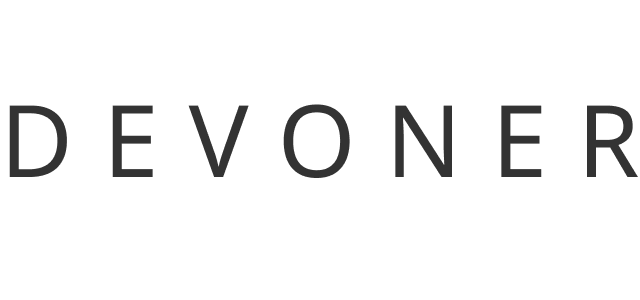Software as a Service (SaaS) has fundamentally transformed how businesses of all sizes access and utilize software. A SaaS web application delivered through cloud services provides a dynamic, cloud-hosted solution. This innovation offers users seamless access to software functionalities without needing local installations, revolutionizing business operations and technology utilization.
As more businesses embrace the flexibility of SaaS web applications, the landscape is continuously evolving, driving innovation and efficiency.
At Devoner, we understand the transformative impact of SaaS web applications in today’s business environment. Our expertise lies in crafting tailored solutions that empower clients to harness the full potential of SaaS, enhancing efficiency, scalability, and user experience in their digital endeavors.
In this guide, we will delve into SaaS web apps and explore the differences between SaaS products and regular web applications. We’ll outline when and how these technologies are most beneficial, making it easier for you to understand their practical advantages for your business. By the end of this guide, you’ll have a clear understanding of how a SaaS web application can enhance your digital strategies.
SaaS Web Application: What’s the Difference?
Understanding the distinctions between a SaaS web application and other digital tools is crucial for businesses in the era of cloud computing and digital transformation. SaaS operates in the cloud, providing access without local installations, while web applications function directly through browsers. Recognizing these differences is essential for making informed decisions in the rapidly evolving SaaS market.
What is a SaaS Application?
A SaaS web application is akin to renting software rather than purchasing and installing it on your computer. Provided by a cloud service provider, it resides entirely on the internet, allowing direct access from your web browser. With SaaS, you subscribe to the software on a monthly basis, enjoying the added benefit of automatic updates.
One of the defining features of SaaS is its subscription model. Instead of a one-time purchase, you pay a recurring fee that often includes maintenance, updates, and support, making it a cost-effective solution for many businesses.
SaaS also supports multiple users or businesses on the same application, each with its secure space. This approach ensures data isolation and cloud security while providing a shared platform, making SaaS an efficient and collaborative solution for various users with specific needs.
For B2B SaaS companies, maximizing online visibility and reaching the target market effectively is critical. This is where SEO for B2B SaaS becomes paramount, helping optimize web presence to attract the right audience and enhance user engagement.
What is a Web Application?
A web application is a software program accessed through a web browser rather than being installed on your device. These applications range from simple tools like email and online forms to complex systems like project management platforms.
The key advantage of web applications is their universal accessibility. Since they operate through browsers, they can be used on any device with an internet connection. Updates and improvements are typically managed on the server side, ensuring users always have access to the latest features without the need for manual installations.
In summary, a web application is an interactive online tool accessible through a web browser, offering flexibility, convenience, and the latest features without needing local installations. Whether for personal use or business tasks, web applications provide a seamless and adaptable experience in today’s interconnected world.
Core Differences Between SaaS and Web Applications
Navigating the world of SaaS web applications involves understanding the fundamental distinctions that shape their functionalities and usage, especially in the context of business applications. While both deliver software solutions, their deployment, accessibility, and business models differ significantly.
- Deployment Model: SaaS operates in the public cloud, allowing online access without local installations, while web applications are typically accessed through browsers, either hosted online or locally.
- Subscription vs. Ownership: SaaS operates on a subscription model with recurring payments, whereas web applications may offer one-time purchases or free access.
- Automatic Updates: SaaS ensures users have the latest features with centrally managed updates, while web applications often implement updates on the server side.
- Accessibility: SaaS prioritizes universal online accessibility with centralized and collaborative features. Web applications offer flexibility across various devices through web browsers.
- Multi-Tenancy: SaaS is designed for multi-tenancy, allowing multiple users with data isolation, while web applications typically focus on a single-user experience.
- Infrastructure Costs: SaaS follows a subscription model, encompassing maintenance, updates, and support in a predictable cost structure, while web applications may have varied costs, including one-time purchases or free access.
- Customization: SaaS providers often offer limited customization options to maintain consistency, while web applications may provide more extensive customization for individual preferences.
- Scalability: SaaS is built for scalability, accommodating growing user needs easily, while web applications may face challenges scaling for a larger user base.
- Integration Capabilities: SaaS applications usually offer seamless integrations with other SaaS tools due to their cloud-based nature. Web applications may require additional effort for integrations.
- Offline Functionality: SaaS heavily relies on an internet connection, limiting functionality offline, while some web applications can be designed to work offline, offering more flexibility.
Use Cases for SaaS Apps
SaaS apps are versatile tools that address various operational challenges across industries. Here are some common use cases showcasing their transformative impact:
- Enterprise Resource Planning (ERP): SaaS applications enable businesses to manage various processes like finance, HR, and supply chain seamlessly.
- Customer Relationship Management (CRM): SaaS CRM solutions enhance customer interactions, manage sales leads, and track customer data effectively.
- Collaborative Project Management: SaaS-based project management tools facilitate team collaboration, allowing real-time updates, file sharing, and task management.
- Human Resources (HR) Management: SaaS HR applications streamline personnel processes, from recruitment to payroll.
- E-Learning Platforms: SaaS plays a pivotal role in e-learning, providing scalable and accessible platforms for educational content delivery.
Use Cases for Web Apps
Web applications are indispensable tools in the digital era, driving user engagement and accessibility across various industries. Common use cases include:
- E-Commerce Platforms: Web apps handle product catalogs, secure transactions, and personalized user accounts, creating dynamic shopping experiences.
- Social Media Networks: Web apps power social media, enabling user connections, content sharing, and interactions.
- Collaborative Tools: Web apps are vital for shared document editors, project management platforms, and virtual whiteboards.
- Content Management Systems (CMS): Web apps facilitate content creation, editing, and publishing for websites and online publications.
- Online Learning Platforms: Web apps support scalable and accessible educational content delivery, offering a flexible learning environment.
Benefits of SaaS Apps
Embracing the benefits of SaaS apps can propel businesses into a dynamic digital landscape:
- Cost-Efficiency: SaaS operates on a subscription model, eliminating significant upfront investments and including maintenance and support.
- Scalability: SaaS platforms adapt effortlessly to changing demands, accommodating increased user loads and expanding features.
- Automatic Updates: SaaS apps prioritize user convenience through automatic updates, ensuring the latest features and security enhancements.
- Universal Accessibility: SaaS apps offer cloud-based, universally accessible solutions, supporting remote work and enhancing productivity.
- Centralized Management: SaaS provides centralized management capabilities, streamlining administration tasks and ensuring system security.
Benefits of Web Apps
Web apps offer transformative benefits for crafting efficient and user-centric digital experiences:
- Cross-Platform Compatibility: Web apps offer a seamless experience across devices and operating systems.
- Instant Accessibility: Web apps eliminate the need for installations, providing instant access through browsers.
- Lower Development Costs: Web apps utilize a single codebase, reducing development costs and streamlining processes.
- Automatic Updates: Web apps benefit from automatic updates, ensuring users always have access to the latest features.
- No Device Storage Constraints: Web apps do not consume device storage, offering flexibility and avoiding storage limitations.
Key Takeaway
Understanding the distinctions between a SaaS web application and other digital tools is paramount for businesses in the digital era. By appreciating the core characteristics and potential of a SaaS web application, businesses can harness the full spectrum of benefits, fostering a dynamic and adaptive digital presence.
At Devoner, we specialize in SaaS application development, ensuring it seamlessly aligns with your business needs. Our expert team is dedicated to crafting tailored solutions that leverage the power of these technologies to enhance efficiency and contribute to your business growth.


